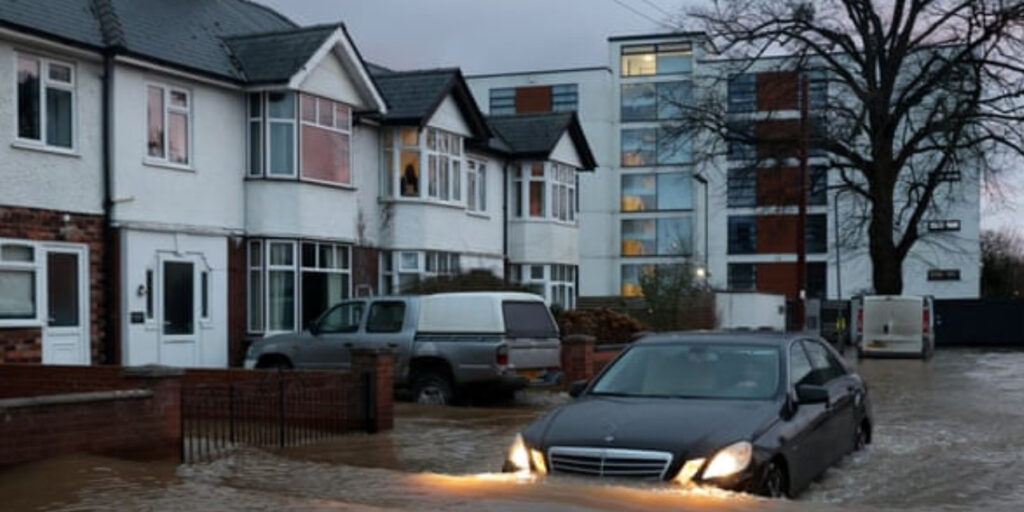A new study by the Environment Agency has revealed that over 6 million homes in England are at risk of flooding, a figure expected to climb to 8 million—equivalent to one in four properties—by 2050 under current climate projections.
The updated modelling highlights a significant increase in properties vulnerable to flooding, surpassing previous estimates. Currently, 6.3 million homes are located in areas at risk from rivers, the sea, or surface water.
Alarmingly, 4.6 million of these properties face surface water flooding, which occurs when heavy rainfall overwhelms drainage systems, triggering dangerous flash floods. This marks a 43% rise from the Environment Agency’s earlier projections.
In addition, 2.4 million properties are situated in areas at risk of flooding from rivers and the sea. The study also reports an 88% surge in homes at the highest risk levels, where the probability of flooding is greater than one in 30 in any given year.
The devastating impact of flooding was underscored earlier this month when Storm Darragh swept through the UK.
The storm claimed two lives, left tens of thousands without power for days, disrupted train services, and caused widespread flooding to homes and businesses.
The study’s findings come against a backdrop of reduced flood protection measures. In recent years, investment in defences has fallen by 40%, leading to the abandonment of a quarter of major projects.
Campaigners are urging the government to strengthen its climate resilience plans in response to the growing risks.
Alison Dilworth, a campaigner with Friends of the Earth, criticised the government’s approach: “The risk from floods and coastal erosion is growing, yet the government’s plan for dealing with increasingly extreme weather is completely inadequate.”
She called for a stronger national adaptation programme, developed in consultation with the communities most affected by the climate crisis.
Labour echoed these concerns, pointing out that past government policies have left the UK dangerously vulnerable. They emphasised the need for immediate action to protect homes and infrastructure from the intensifying effects of climate change.


